Warman's American & European Art Pottery Warman's Antiques & Collectibles Annual Price Guide Warman's Carnival Glass Warman's Children's Books Warman's Civil War Collectibles Warman's Civil War Weapons Warman's Coca-Cola Collectibles Warman's Coins and Paper Money Warman's Cookie Jars Warman's Costume Jewelry Figurals Warman's Depression Glass Warman's Dolls: Antique to Modern Warman's Duck Decoys Warman's English & Continental Pottery & Porcelain Warman's Fenton Glass Warman's Fiesta Warman's Flea Market Price Guide Warman's Gas Station Collectibles Warman's Hull Pottery Warman's Jewelry Warman's John Deere Collectibles Warman's Little Golden Books Warman's Majolica Warman's McCoy Pottery Warman's Modernism Furniture and Accessories Warman's North American Indian Artifacts Warman's Political Collectibles Warman's Red Wing Pottery Warman's Rookwood Pottery Warman's Roseville Pottery Warman's Sporting Collectibles Warman's Sterling Silver Flatware Warman's Vietnam War Collectibles Warman's Vintage Jewelry Warman's Vintage Quilts Warman's Weller Pottery Warman's World War II Collectibles
Carnival Glass Warman's Companion Collectible Dolls Warman's Companion Collectible Fishing Lures Warman's Companion Depression Glass Warman's Companion Fenton Glass Warman's Companion Fiesta Warman's Companion Hallmark Keepsake Ornaments Warman's Companion Hot Wheels Warman's Companion McCoy Pottery Warman's Companion PEZ Warman's Companion Roseville Pottery Warman's Companion U.S. Coins & Currency Warman's Companion Watches Warman's Companion World Coins & Currency Warman's Companion
Warman's Action Figures Field Guide Warman's Antique Jewelry Field Guide Warman's Barbie Doll Field Guide Warman's Bean Plush Field Guide Warman's Bottles Field Guide Warman's Buttons Field Guide Warman's Coca-Cola Field Guide Warman's Depression Glass Field Guide Warman's Disney Collectibles Field Guide Warman's Dolls Field Guide Warman's Farm Toys Field Guide Warman's Field Guide to Precious Moments Warman's Fishing Lures Field Guide Warman's G.I. Joe Field Guide Warman's Hot Wheels Field Guide Warman's Kitschy Kitchen Collectibles Field Guide Warman's Lionel Train Field Guide 19451969 Warman's Lunch Boxes Field Guide Warman's Matchbox Field Guide Warman's Pepsi Field Guide Warman's Star Wars Field Guide Warman's Tools Field Guide Warman's Transformers Field Guide Warman's U.S. Coins & Currency Field Guide Warman's U.S. Stamps Field Guide Warman's Vintage Guitars Field Guide Warman's Watches Field Guide Warman's Zippo Lighters Field Guide
Introduction
State of the Market Report
Part of the charm in collecting McCoy pottery is that, while rare pieces do command big prices, collectors can find countless pieces that won't break the bank.
That, combined with over 16 decades of family pottery-making history, makes it hugely popular. The pottery produced some of everything, and this may be one of the appealing features of the pottery, notes Dewayne Imsand, Vice President of the McCoy Pottery Collectors' Society (mccoypotterycollectorssociety.org) and editor of the Society's quarterly Journal. Yet, like many things, the market for McCoy has changed with the popularity of eBay. Over 1500 McCoy pieces are offered daily on the auction website (typically the most listings for any pottery), resulting in a major decline in prices for lower to medium priced pieces. Meanwhile, prices for the upper one-third has softened slightly, while the top 510% have held their values. There does not seem to be an especially hot pottery line or era, observes Imsand.
But rather what is hot is the cream of the crop type pieces. When one of these type pieces show up for sale in the public market, the interest is very intense. McCoy Limited products from the 1980s have grown the most in popularity in recent years, Imsand goes on to explain. Still, pieces from the 1930s through the early 1960s retain the largest interest overall. The earlier pieces have a form that is a bit more art pottery as opposed to the volume vase and planter production of the '40s and '50s. Specific collecting areas with a high interest currently are: flower forms, miniature pieces, pastel pieces from the early 1940s, animal shaped pieces, and wall pockets.
Imsand stresses the importance of good reference books and collector clubs when pursuing McCoy Pottery. As with most things, knowledge is very important, so get a good reference book with a reputation for accuracy of information, he says. Also, email experienced collectors with your questions and read the articles they have written. Fakes and reproductions continue to flourish and confuse. The novice collector is the most vulnerable to this fraudulent activity, Imsand cautions, adding, Knowledge is the key to combating this collector threat. Most serious collectors, with a few years of collecting experience, become aware of methods to avoid these undesirable pieces, and the sellers of them.
Collector clubs continue to provide valuable resources for their members. The McCoy Pottery Collectors' Society itself publishes a quarterly journal with tips and information. Imsand also recommends attending special pottery events such as the annual July Pottery Festival in Zanesville, Ohio. In this way, collectors can interact with other collectors and gain a wealth of knowledge. Despite the ups and downs of collecting, most collectors thrive on the thrill of discovery. That is one of the great aspects about collecting McCoy pottery, Imsand says.
Not a year goes by that some undiscovered piece that was not produced surfaces for all to admire and enjoy. In addition, test pieces, or pieces with an odd glaze coloring, or a personally decorated piece by an employee for their own use, continues to regularly surface. A case in point was the recent discovery of a large quantity of sketches done in pencil by the talented McCoy designer Leslie Cope. The sketches are of pieces produced in the 1940s and '50s by McCoy along with pieces that were never produced. The drawings were discovered by family member Velma Cope. Some of them were framed and sold to collectors.
If you are thinking about starting a McCoy collection, Imsand says to buy chosen pieces regularly. The larger the display, the better your McCoy will look, he says. Over time most collectors with some experience have figured that out, which is why we are known as volume collectors. However, do not be afraid to buy an expensive piece on occasion. It will most probably be the best investment of all, and it will greatly enhance your collection.


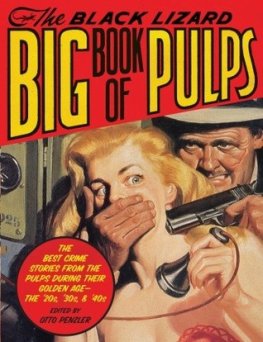


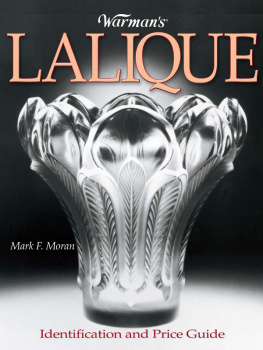
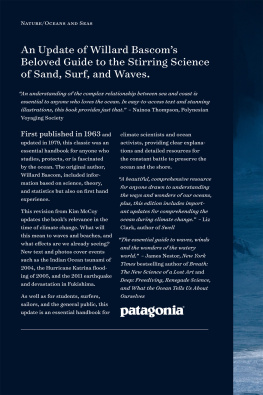
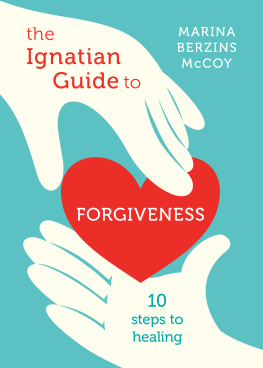
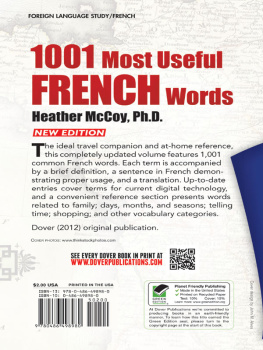
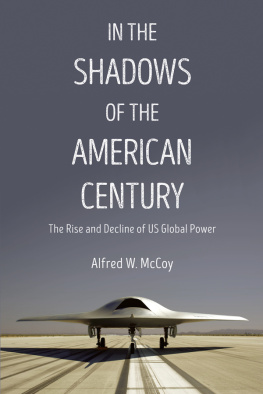


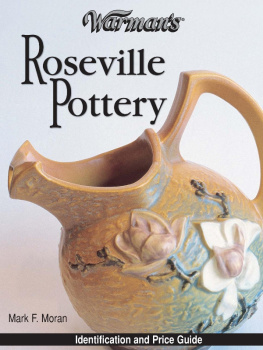

 Our toll-free number to place an order or obtain a free catalog is (800) 258-0929. Library of Congress Control Number: 2008937688 ISBN-13: 978-0-89689-841-7
Our toll-free number to place an order or obtain a free catalog is (800) 258-0929. Library of Congress Control Number: 2008937688 ISBN-13: 978-0-89689-841-7